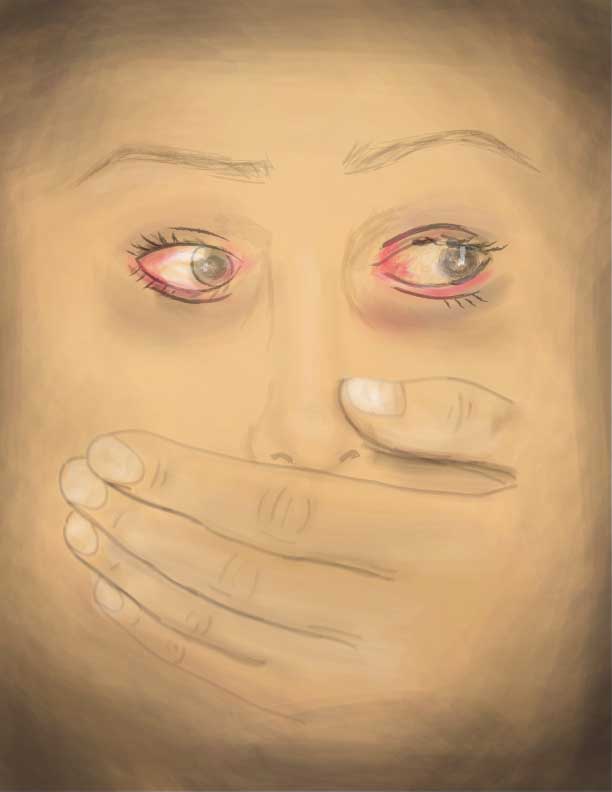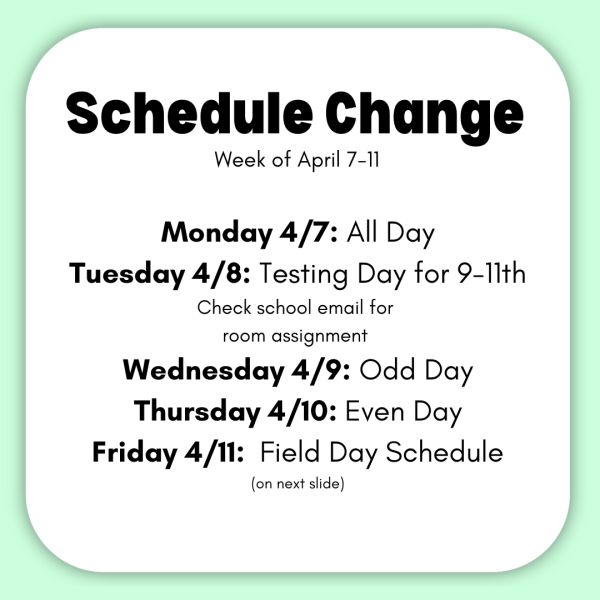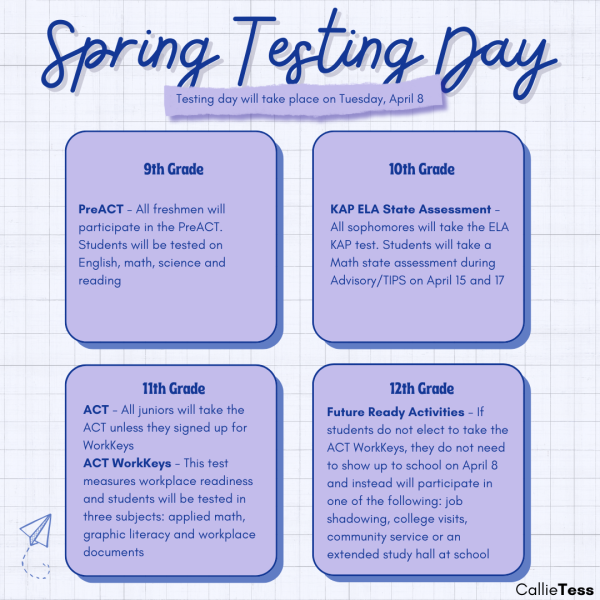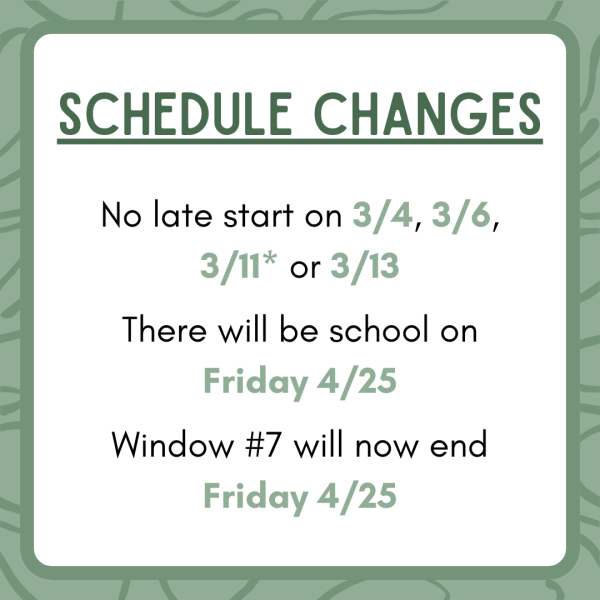The school emphasizes the seriousness of sexual assault
Last year, a student at the University of Kansas reported that she was assaulted at a fraternity house. The school responded by suspending the fraternity, putting a letter in the alleged rapist’s file and assigning him a reflection paper on the dangers of alcohol and sexual activity.
Since the university did not report the allegation to the police, federal authorities are investigating the KU for inadequately handling the situation. According to KCTV-5, the victim almost faced an underage drinking charge, which would have put her in more legal trouble than her alleged rapist.
Stories about sexual assault have appeared all over the news for years now. Recent coverage spans from Columbia University’s Emma Sulkowicz, who carries her own mattress in protest of the school’s refusal to expel her rapist, to the women who have recently raised allegations of sexual assault and harassment against pop culture icon Bill Cosby. However, the KU story is one that hits, quite literally, close to home.
High school students find it easy, and sometimes convenient, to separate themselves from this type of crime. After all, the sexual violence covered in the media is often that which involves college students or celebrities. According to the Rape, Abuse and Incest National Network (RAINN), however, 44 percent of rape victims are under 18. This does not include victims of sexual abuse and harassment that are not legally regarded as rape. Statistically, everyone at this school would know at least one person who has been sexually assaulted or harassed. Yet the school doesn’t talk about it. This lack of discussion runs the risk that students are not aware of the difference between consensual sex and sexual assault.
In general, students seem to have a basic idea of what consent means. Sophomore Uma Desai defined it as “giving permission to do something,” while senior Colin McLaughlin elaborated that “it has to be clearly said that, yes, we can do this [a sexual act].”
However, consent is a complex issue. According to Kansas law, consent is a sober, conscious, adult and unforced “yes.” This means that someone cannot consent while drunk or high. Consent is not possible when unconscious. People under the age of 16 cannot consent. And any kind of force, coercion, or manipulation to consent does not equal consent. Violations of consent laws are classified as rape, sexual battery or sodomy, depending on the nature of the crime.
Blue Valley district policy defines sexual harassment as “any sexual advance, request for sexual favor, or sex-based behavior that is not welcome and not requested.” Again, the rules of consent are applicable — if someone does not consent to a sexual behavior or act, it is harassment or assault.
“Any kind of overture, whether it be written, verbal, that is sexual in nature, that is not welcome, could be grounds for [a charge of] sexual harassment,” Assistant Superintendent Dr. Mike Slagle said.
In Blue Valley, there is a specific procedure for handling complaints of sexual violence. If a student reports that he or she has been assaulted or harassed, the teacher, counselor or administrator is required by Kansas law to report it to a higher authority.
The principal should be the first person notified within the school, and he or she contacts the district office. The case is then routed to the Executive Directors of School Administration, who alert Director of Safety and Security Dan Carney.
Next, police are contacted. Law enforcement conducts a separate criminal investigation while the school determines if a district policy has been broken. If the school finds that a student has broken the school policy for non-consensual sexual behavior, discipline can be up to ten days of out-of-school suspension or even expulsion for a severe violation. In addition, legal action can be taken against a perpetrator of sexual violence. Unfortunately, a punishment for the perpetrator does not erase the effect of the assault on the victim.
“Sexual assault is the ultimate personal victimization,” Carney said. “It takes both time and support to get to the place where you can put that behind you.”
Some victims don’t reach that place. According to RAINN, victims of sexual assault are six times more likely to develop post-traumatic stress disorder and four times more likely to contemplate suicide. In additions, victims are forced to live with the fact that much of American society excuses their victimization. Courts have historically asked victims what they were wearing or what they were drinking at the time of their assaults, as if their appearances or blood alcohol levels made them responsible for their own assaults. People around them joke about sexual violence as if it isn’t a traumatic experience — “That test totally raped me” when a quiz was difficult or “I raped you at that game” when an opponent is beaten. These manners of downplaying the severity of sexual violence create a culture in which this violence continues to be excused and unpunished.
The responsibility for getting consent lies with the perpetrator of a crime of sexual violence. There is no excuse for not obtaining a verbal, non-coerced “yes” before any sexual behavior.
“That’s something that, especially in high school, kids need to tune into – really respecting the other person’s space and their bodies,” Carney said.
Unfortunately, it is still probable that a student in the Blue Valley school district will be a victim of sexual violence. In this case, the district emphasizes the importance that every student feels safe at school. School counselors and the school psychologist are available for in-school support, and they also provide references to out-of-school treatment and therapy. Accommodations for the victim’s comfort are also considered, such as removing a victim from a class shared with a perpetrator.
“We’re trying to create a safe environment for kids,” Slagle said. “If, for any reason, a student feels unsafe in that environment, then we’re going to figure out how to make it a safe environment. We want you to feel safe.”
If you are feeling unsafe at school, please visit the counseling office or resources on the district website.

Madison is a first-year staff writer for the Standard, and spends her work time writing articles or doodling in the margins of her official newspaper notebook....







